The Rainforests are taking the hit from our need to eat…
Almost anyone could tell you that the world’s population is increasing – and rapidly so. Naturally, this requires us to produce more and more food with which to supply all of these new faces.
However, the constant expansion of farms leads to the constant decline of forest areas, which in turn causes detrimental effects on our environment as a whole. The main region affected by these practices is the Amazon Rainforest, well known for housing around half of all the species in the entire world, as well as acting as one of Earth’s biggest Carbon sinks.
This means that its destruction will lead to a huge reduction in biodiversity, as well as releasing vast amounts of trapped Carbon Dioxide into the atmosphere, which then contributes to Global Warming. As well as the pollution aspect, deforestation may also lead to the total extinction of many tree species. This may be caused by directly chopping these trees down, or by the reduction in animals which disperse the seeds, via eating the fruit they produce (Montoya, 2008).

So how big is the problem?
It has been estimated that around 350 Million Hectares of Tropical Rainforest has been converted for other land use. (Lal, 2008) Furthermore, 91% of all land deforested in the Amazon since 1970 has been used for livestock pasture! (FAO, 2006). By Converting this land, not only are we losing trees in the long term, but we are also inhibiting their possible reintroduction. This is because the soil cleared for farming often rapidly degrades due to reduced stability and intense rainfall (Kibblewhite, 2008)
The problem here is that we cannot allow people to go without food in order to save our planet’s trees. What needs to change instead is the farming technique. In farm areas bordering rainforests, the method of farming is much more likely to be expansive rather than intensive (López-Carr, 2013). This essentially means that farmers focus on growing as much of the crop as possible, rather than trying to obtain more successful growth from a smaller patch. Essentially, this leads to a lot of land being wasted, with neither tropical forests or crops actually growing on it!
So what does the Future Hold?
However, there are reasons to be optimistic! A key success story in attempts to reduce deforestation, whilst keeping high crop production, is seen in the Soybean industry. This used to be seen as a major detrimental industry to the Amazon Rainforest. However, following boycotts from several large companies, a 2015 study showed that only around 1% of all soybean production had come as a result of deforestation, despite the industry expanding over 1.3 million hectares! (Garrett, 2016).

If this technique can be implemented for other farmland crops, then we can hopefully provide enough food to keep the growing population fed, as well as protecting one of the worlds most important ecological areas.
(Word Count – 485)
References
FOOD AND AGRICULTURE ORGANIZATION OF THE UNITED NATIONS . (2006). Livestock’s Long Shadow: Environmental issues and Problems.
Garrett, R, Rausch, L. (2016). Green for gold: social and ecological tradeoffs influencing the sustainability of the Brazilian soy industry. The Journal of Peasant Studies. 43 (2)
Kibblewhite, M.G, Ritz, K, Swift, M.J. (2008). Soil health in agricultural systems. Philosophical Transactions of the Royal Society B: Biological Sciences. 363 (1492), 685-701.
Lal, R. (2008). Carbon Sequestration. Philosophical Transactions of the Royal Society B: Biological Sciences. 363 (1492), 815-830.
López-Carr, D, Burgdorfer, J. (2013). Deforestation Drivers: Population, Migration, and Tropical Land Use. Environment. 55 (1)
Montoya, D. (2008). Habitat loss, dispersal, and the probability of extinction of tree species. Communicative and Integrative Biology. 1 (2), 146-147.
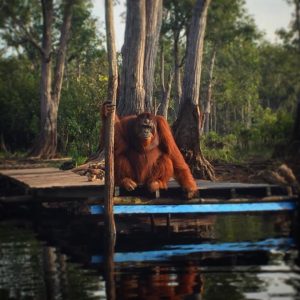
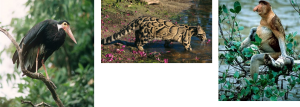
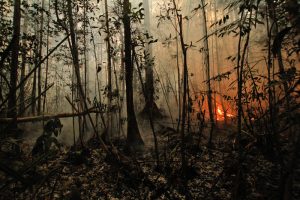
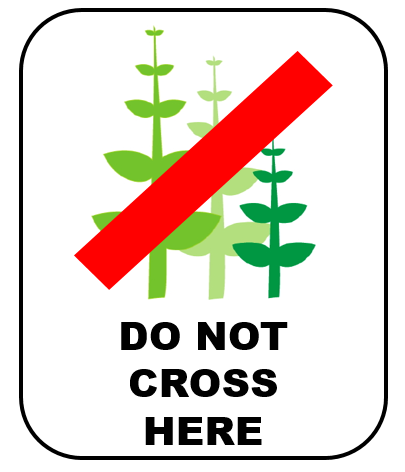
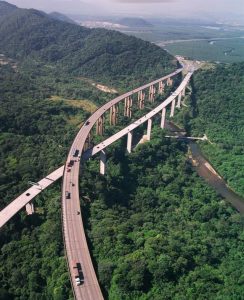
Recent Comments